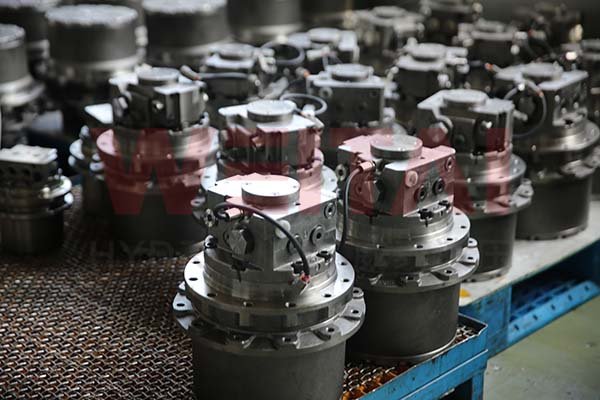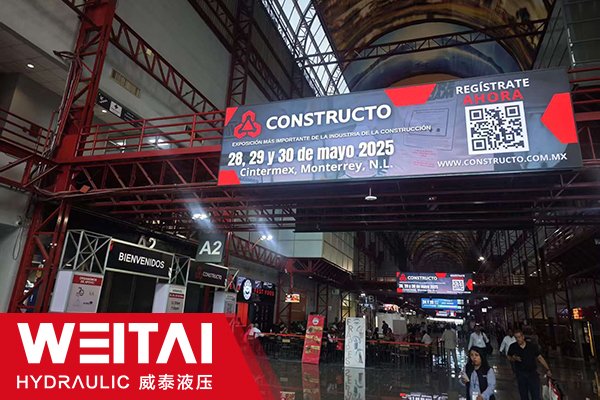A 180 degree hydraulic rotary actuator is a mechanical device that uses hydraulic power to produce a rotational movement of exactly 180 degrees.
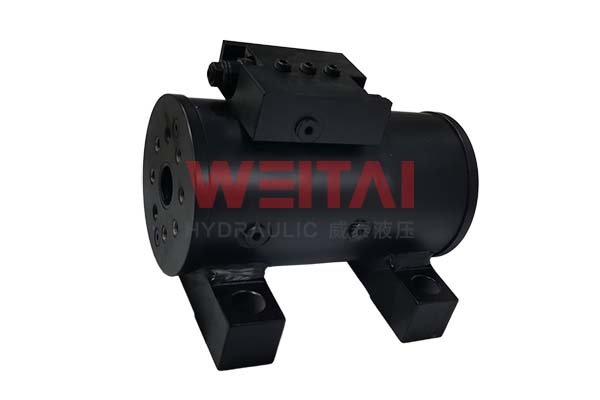
Structure of 180 Degree Hydraulic Rotary Actuator
This type of actuator typically consists of a housing, a piston or ram, and a shaft. Hydraulic fluid is pumped into the actuator, causing the piston to move and transfer force to the shaft, resulting in rotation.
The 180 degree rotation is achieved through careful design and engineering of the internal components. The actuator may use seals and bearings to ensure smooth operation and prevent leakage of hydraulic fluid.
180 degree hydraulic rotary actuators are commonly used in a variety of applications where precise and controlled rotation is required. Some of these applications include industrial machinery, robotics, aerospace systems, and automotive components.
The Advantages of 180 Degree Hydraulic Rotary Actuators over Traditional Actuators
They offer several advantages over other types of actuators. For example, hydraulic actuators can provide high levels of force and torque, making them suitable for heavy-duty applications. They also offer precise control of movement, allowing for accurate positioning and repeatability.
Power and Force
Hydraulic rotary actuators provide immense power and force, enabling them to handle heavy loads with ease. Traditional actuators may struggle when faced with significant weight or resistance. For applications that require moving large or bulky objects, the 180 degree hydraulic rotary actuator is a reliable choice.
The hydraulic system allows for a consistent output of force, ensuring smooth and efficient operation even in demanding conditions.
Precision and Control
These actuators offer exceptional precision in movement. The ability to rotate exactly 180 degrees allows for accurate positioning and controlled motion. Traditional actuators may lack the same level of precision, leading to inaccuracies in operations.
Hydraulic systems can be finely tuned to adjust the speed and force of the actuator, giving operators greater control over the process.
Durability and Reliability
180 degree hydraulic rotary actuators are built to last. The robust construction and high-quality materials used in their manufacture make them highly durable and resistant to wear and tear. In contrast, traditional actuators may be more prone to breakdowns and require more frequent maintenance.
Hydraulic systems are known for their reliability, ensuring continuous operation and minimizing downtime. This is crucial in industrial settings where production schedules are tight.
Versatility
These actuators can be used in a wide range of applications, from heavy machinery in construction to precision manufacturing processes. Their adaptability makes them a valuable asset in various industries.
Traditional actuators may be limited in their application range, unable to handle the diverse requirements of different tasks.
Space Efficiency
180 degree hydraulic rotary actuators often have a compact design, taking up less space than some traditional actuators. This can be beneficial in applications where space is at a premium.
Their streamlined design allows for easier integration into existing systems without sacrificing performance.
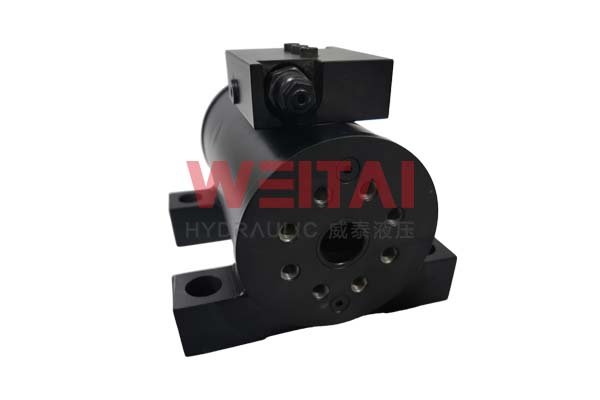
Choosing Right 180 Degree Hydraulic Rotary Actuator for Your Application
When it comes to choosing the right 180 degree hydraulic rotary actuator for your application, several factors need to be considered to ensure optimal performance and functionality.
Load Capacity
Determine the maximum load that the actuator will need to handle. This includes both static and dynamic loads. Choosing an actuator with insufficient load capacity can lead to premature failure and reduced performance.
Consider the weight of the objects being moved, as well as any additional forces such as friction or impact. Look for an actuator with a rated load capacity that comfortably exceeds your application’s requirements.
Speed and Torque Requirements
Consider the speed at which the actuator needs to operate. Different applications may require different speeds, ranging from slow and precise movements to fast and powerful actions.
Torque is also an important factor. Ensure that the actuator can provide the necessary torque to overcome any resistance and perform the required tasks. Calculate the torque requirements based on the load and the mechanical advantage of your system.
Environmental Conditions
Assess the environmental conditions in which the actuator will be used. Factors such as temperature, humidity, dust, and corrosive substances can affect the performance and lifespan of the actuator.
Choose an actuator that is designed to withstand the specific environmental challenges of your application. This may include features such as sealed enclosures, corrosion-resistant materials, or temperature compensation.
Space Constraints
Consider the available space for installing the actuator. Some applications may have limited space, requiring a compact actuator design.
Measure the available space and ensure that the selected actuator will fit properly without interfering with other components or restricting movement.
Control Options
Determine the control requirements of your application. Some actuators may offer manual control, while others may be compatible with automated control systems.
Consider the level of precision and flexibility needed in controlling the actuator. Look for features such as adjustable speed, position feedback, and programmable controls.
Cost and Maintenance
Evaluate the cost of the actuator and consider your budget. While it’s important to choose a high-quality actuator, you also need to ensure that it offers good value for money.
Consider the maintenance requirements of the actuator. Some actuators may require more frequent maintenance or have higher replacement costs. Look for an actuator that is easy to maintain and has a long service life.
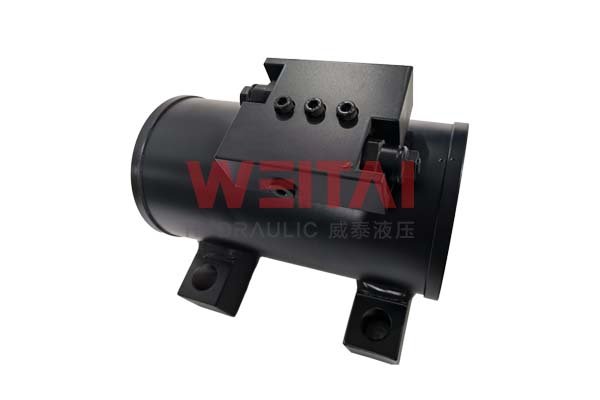
By carefully considering these factors, you can choose the right 180 degree hydraulic rotary actuator for your specific application. This will ensure reliable performance, increased productivity, and reduced downtime.

